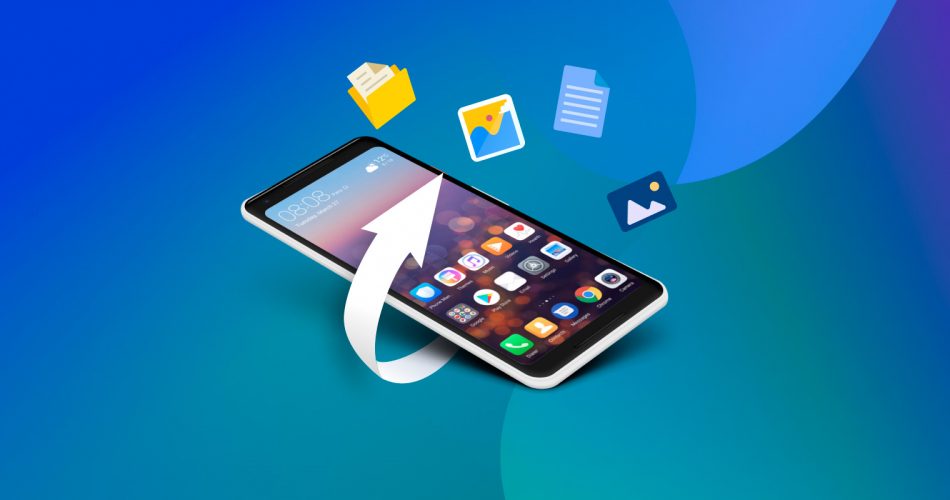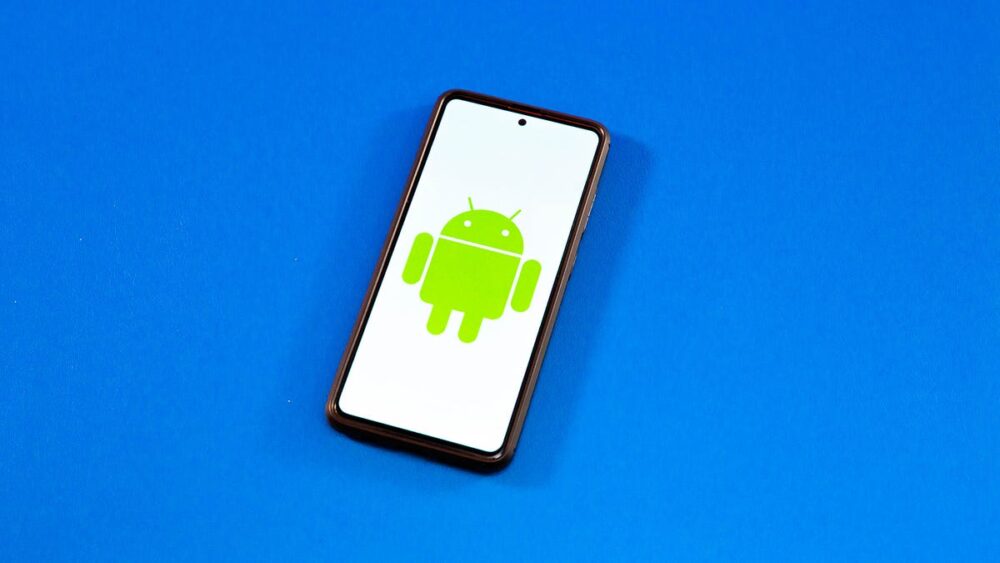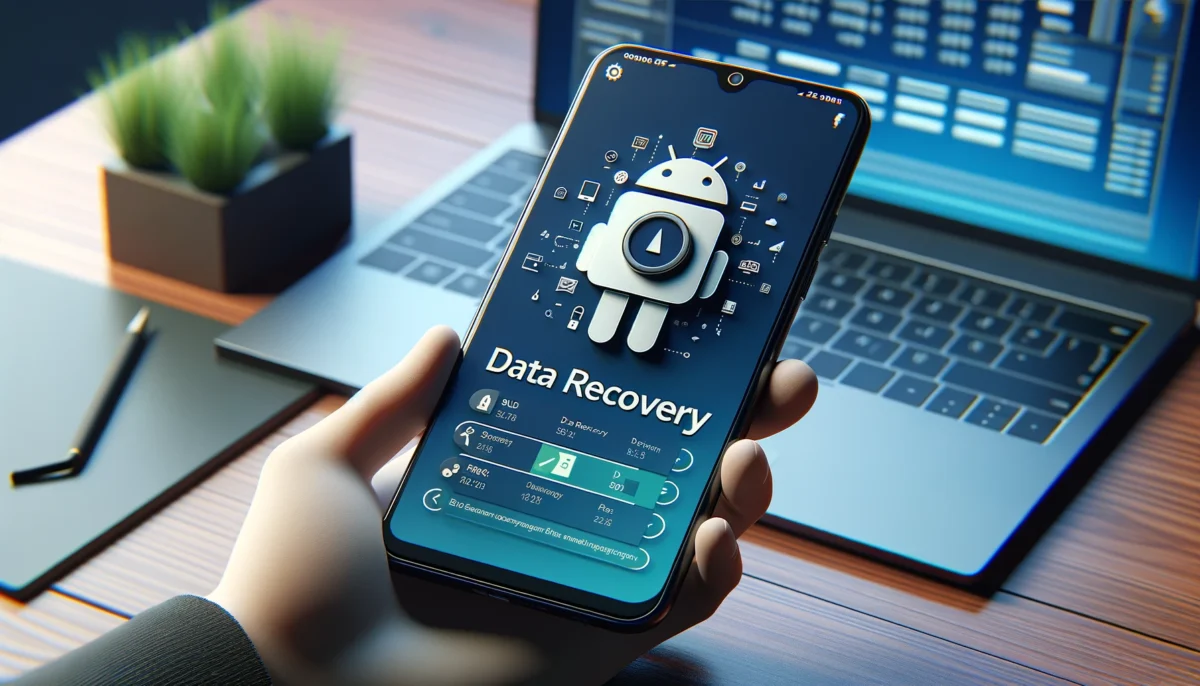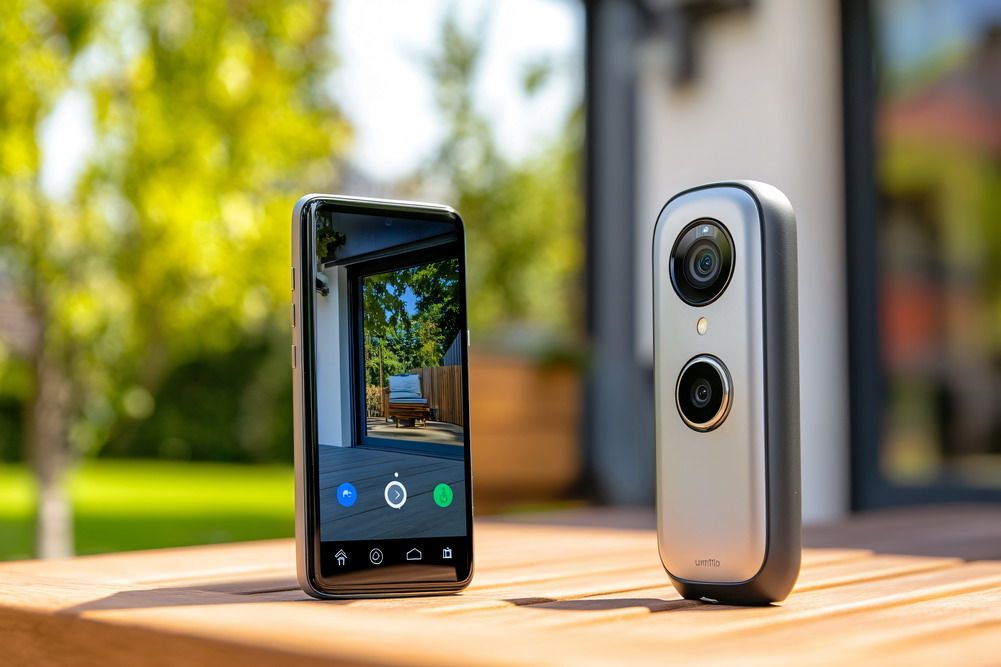We’ve all been there – something goes wrong with our phone and suddenly all our photos, contacts, and other important info disappear. It’s scary not knowing if there’s a way to get it all back without having to be a tech expert.
The good news is that there are some ways to recover your device, even without rooting. One of the easiest and most effective solutions is to use Android Data Recovery Software.
Whether you’ve accidentally deleted important files, suffered a system crash, or encountered a virus, Stellar Data Recovery for Android can retrieve photos, videos, contacts, messages, and more. It supports a wide range of Android devices and works with both internal memory and SD cards.
This article will share more insights into how efficient is this process and is there a chance to recover all data from your phone.
Internal Memory Recovery

Rooting permits specialized recovery software for deeper interaction and interrogation of the file system. When rooting is not an option, there are inherent limiting factors to consider.
Recovery applications cannot perform the thorough, intricately detailed scans of memory that root permits. This constrains the ability to locate certain data types stored deeper within file directories and partitions. Success rates for non-rooted efforts tend to be moderate at best, falling below what is achievable utilizing root-level recovery methods.
That said, there is still potential for salvaging recently deleted items in some instances. Photos, videos, contacts, and messaging history removed in the more immediate past may possibly be reinstated. Limited amounts of certain app-related content could also see renewed accessibility.
Why Rooting is Not Recommended?
Rooting an Android system nearly always voids coverage under the manufacturer’s guarantee in the event of future device issues. Opting to recover lost files without triggering root access helps retain this important consumer protection.
Device safety serves as another key factor. Rooting inherently increases the risks of an unintended “brick” – a state rendering the hardware permanently nonfunctional. Bricks compromise any subsequent data recovery prospects as well as the phone’s overall usability. Foregoing root privileges for data retrieval aims to circumvent such safety hazards and keep the device operational.
Additionally, maintaining the system’s standard security configuration without rooting affords ongoing malware and virus protection for the user. It is a documented fact that root-level access significantly heightens Android devices’ vulnerability to potential cyber threats.
Prioritizing data resurrection through non-root methods helps uphold this valuable layer of cybersecurity safeguarding both the data itself and the entire system functionality over the long term.
Best Practices for Ensuring Data Protection

Many of us store lots of valuable stuff on our phones these days – pictures of family and friends, contacts we can’t do without, and documents for work. It’s important to take some simple steps to keep all that safe.
Setting up regular backups is a good idea. Even just once a week, you can copy everything to the cloud storage or to an extra memory card. That way if your phone stops working someday, your memories and info won’t get lost too.
The Bottom Line
In the end, removing an Android phone’s protection is not the only way to try and find lost photos, videos, and other files.
As you can see, the non-root process can also help. Still, the best solution is to pay more attention to your data, and always keep copies of those you don’t want to lose.





